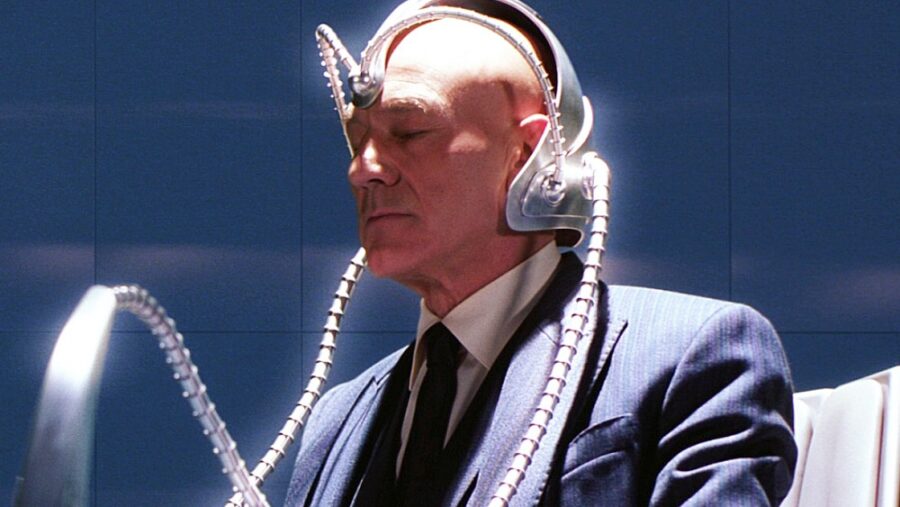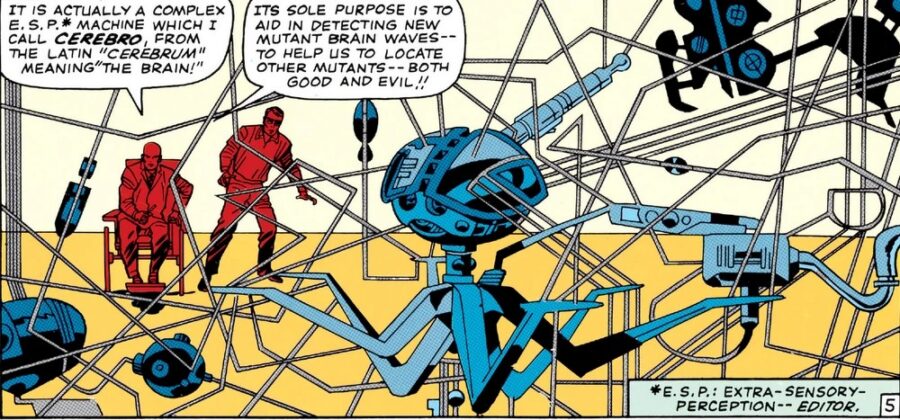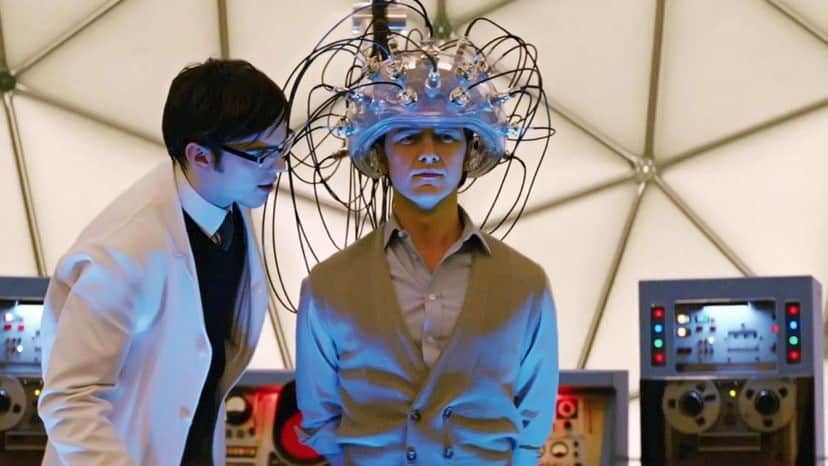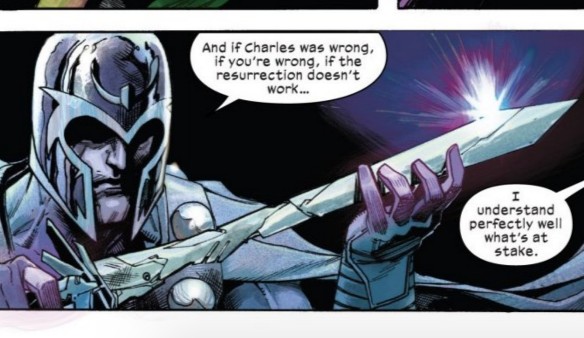X-Men’s Cerebro, Explained

Even if you’re a very casual fan of the X-Men, you’re probably used to the sight of Professor Charles Xavier donning the mysterious Cerebro helmet in order to boost his telepathic abilities. However, from casual fans even to hardcore Marvel comic readers, it’s not always clear exactly how this device works or what its limitations really are. If you’re ready to figure out what this bit of mutant mania is really about, then it’s time to buckle your Blackbird seatbelt as we X-plain how Cerebro really works.
Cerebro Debuted In Comics in 1964

First off, the debut of this invention was longer ago than you might think: way back in X-Men #7, Cerebro made its first appearance, but it bore very little resemblance to the iconic helmet design seen in modern comics and in the live-action X-Men films.
In those early days of X-Men comics, Cerebro was more of a defensive tool than anything else.
Back then, Cerebro was basically a desk computer that required punch cards (hey, it was the ‘60s), and while it was primarily used by Professor X, other characters were able to use it to to identify mutant brainwaves.
In those early days of X-Men comics, Cerebro was more of a defensive tool than anything else, allowing Cyclops to keep track of evil mutants that might pose a threat to either his own team or to humanity at large. While it would continue to be used in this manner in the coming decades, Cerebro would also be used to track down the emergence of new mutants that might need the help and guidance of Professor X, and it was later turned into a device that only telepaths could make the most of.
How, though, does this device work, and why have the X-Men made Cerebro a mainstay of their technological toys? If a non-telepathic person (human or mutant) uses Cerebro, it can amplify their own brainwaves, but it is primarily used by telepaths like Professor X and Jean Grey to detect mutants around the world.
In typical comic fashion, the exact “rules” of Cerebro haven’t always been clear: across different comics, it has been used to both detect the active use of powers (for example, Magneto unleashing his powers to attack humanity) and the passive presence of the X-gene that separates mutants from humanity.
Even though non-telepathic members, both within and without the X-Men can use Cerebro, it is very dangerous for non-telepaths to access it: the psychic feedback of doing so has been enough to send non-telepathic users into comas, and some have even died almost immediately.
Notably, Magneto has been able to use Cerebro safely, though this may have something to do with his own latent telepathic abilities and the fact that in some continuities (including the live-action films), Magneto helped Xavier build the device in the first place.
Cerebro’s Space Tech Upgrade
While those are the basics of the X-Men’s Cerebro, the device has gotten some important upgrades over time that changed both its scope and function. For example, after Xavier’s time in space with the Starjammers, he had the talented mutant Forge give Cerebro an upgrade using alien Shi’ar technology.
In addition to making the device more powerful, this upgrade also allowed him to create portable versions of Cerebro and install a version in the X-Men’s Blackbird that could be used by non-telepathic users.

That version of Cerebro was later destroyed by Banshee to keep the villainous Phalanx from using it for evil. Later, the device is rebuilt and even gains sentience. This nanotechnology-powered Cerebro became quite the villain, and it was only defeated when Xavier managed to disperse its consciousness all around the world.
A later retcon explained how Xavier had requested a secret upgrade for Cerebro that the rest of the X-Men didn’t know about: the secretive professor asked Forge to design a device that could copy mutant minds rather than just scan them. This new Cerebro is the helmet you see Xavier wearing in the Krakoa-era comics, and it (along with some scary technology provided by Mr. Sinister) allows the mutants to revive, video game style, in new bodies after they die.
The Cerebro Sword

Xavier’s special Cerebro helmet was later destroyed by mercenaries who killed Xavier, but when the professor was resurrected, he discovered that Magneto had shaped the shards of the helmet into a special Cerebro sword.
Backups still existed, but they could be twitchy: more recently, a Cerebro backup unit became sentient and began to attack the mutants of Krakoa. Considering this is at least the second time the device has gone haywire and tried to murder people, we can’t help but wonder if this amazing technology has done more harm than good for the mutant cause.












